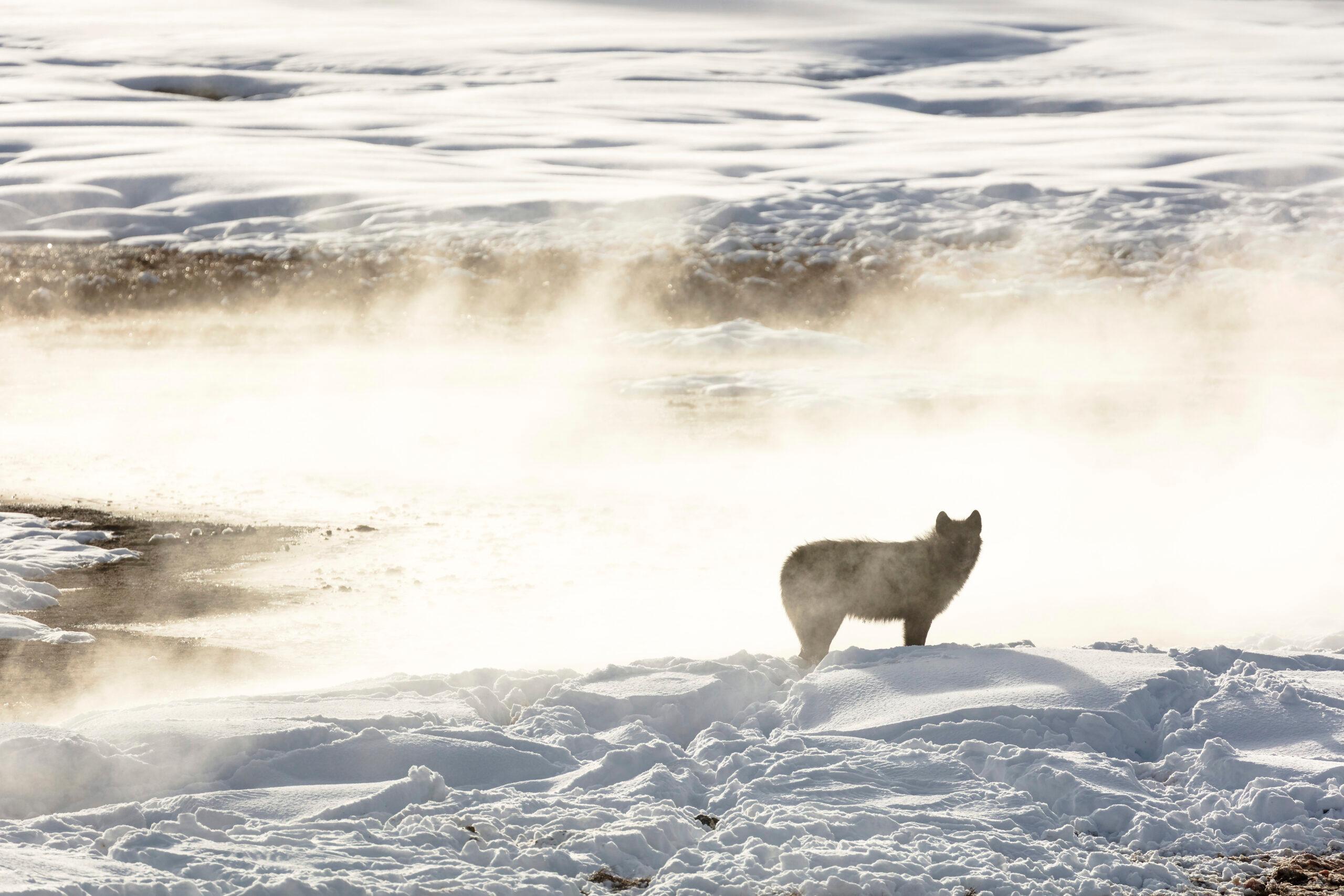
Colorado’s voter-approved plan to restore a group of wolves could start as soon as Monday, Dec. 18, opening a new chapter in the saga of a controversial predator eradicated from the state more than 80 years ago.
The updated reintroduction timeline was revealed during a court hearing on Thursday to consider a last-minute legal challenge to the wolf reintroduction effort.
Earlier this week, the Colorado Cattlemen's Association and the Gunnison County Stockgrowers' Association sued federal and state wildlife officials. The groups want a temporary restraining order against Colorado Parks and Wildlife, which is now making final preparations to capture up to 10 wolves in eastern Oregon. The judge must decide whether to delay the project and consider whether a federal agreement behind the process requires a full environmental review under the National Environmental Policy Act.
During the hearing, U.S. District Court of Colorado Judge Regina Rodriguez questioned state attorneys about the potential effect of issuing a five-day restraining order.
In response, Lisa Reynolds, the attorney representing Colorado Parks and Wildlife in the lawsuit, said state wildlife officers are on track to tranquilize and capture wolves in Oregon starting Sunday.
The state wildlife agency has an agreement with LightHawk, a Colorado-based conservation nonprofit, to fly the animals from Oregon to the Western Slope. If the capture operation is successful, Reynolds said as many as five wolves could be in Colorado and ready for release as soon as Monday.
Reynolds further noted Oregon’s wolves — unlike wolves in Colorado — aren’t protected as a federally endangered species. That means if the judge issues a restraining order, Colorado wildlife agents could continue their capture operation and then hold wolves in pens in Del Norte, Colo. while she considers the lawsuit from livestock operators.
While the delay would stress the wolves, Reynolds said the state could pause its planned release if ordered by the court. Judge Rodriquez said she plans to rule on a possible temporary restraining order on Friday.
A pressing deadline for reintroduction
Colorado wildlife officials are now racing to meet an end-of-year reintroduction deadline narrowly approved by voters in 2020, a referendum marking the first time a plan to restore an endangered species had ever been sanctioned through a ballot initiative.
Since then, Colorado Parks and Wildlife has spent months collecting public and expert feedback to complete a new wolf management plan. The final document calls for the release of 30 to 50 wolves in the next three to five years to help restore a self-sustaining population.
The state also worked with the U.S. Fish and Wildlife Service to obtain a permit to manage the wolves as an experimental population under the U.S. Endangered Species Act. The permit, approved by the federal agency in November, allows both state wildlife officers and ranchers to kill or scare off wolves that threaten livestock.
Colorado also struck a cooperative agreement with Oregon last October to capture up to 10 wolves this winter. It is now clear wildlife officers will try to carry out the plan starting this weekend.
An uncertain release location
One of the last remaining questions is precisely where the state plans to release the first batch of animals.
In its wolf management plan, Colorado Parks and Wildlife selected the general region along the Interstate 70 corridor between Vail and Glenwood Springs, but it hasn’t offered a more specific location beyond clarifying whether reintroductions would occur on state or private land.
Travis Duncan, a spokesperson for the state wildlife agency, said it’s not releasing a precise location to protect “the safety and security of the gray wolf release operations.”
He also declined to directly answer whether the agency had informed residents and livestock producers living near any potential release sites.
“The agency has been and will continue to stockpile conflict minimization materials at key locations,” Duncan said. “These items will be loaned on a case-by-case basis as determined by the proximity of wolves to livestock, frequency of interactions, history of depredations, and applicant participation.”








